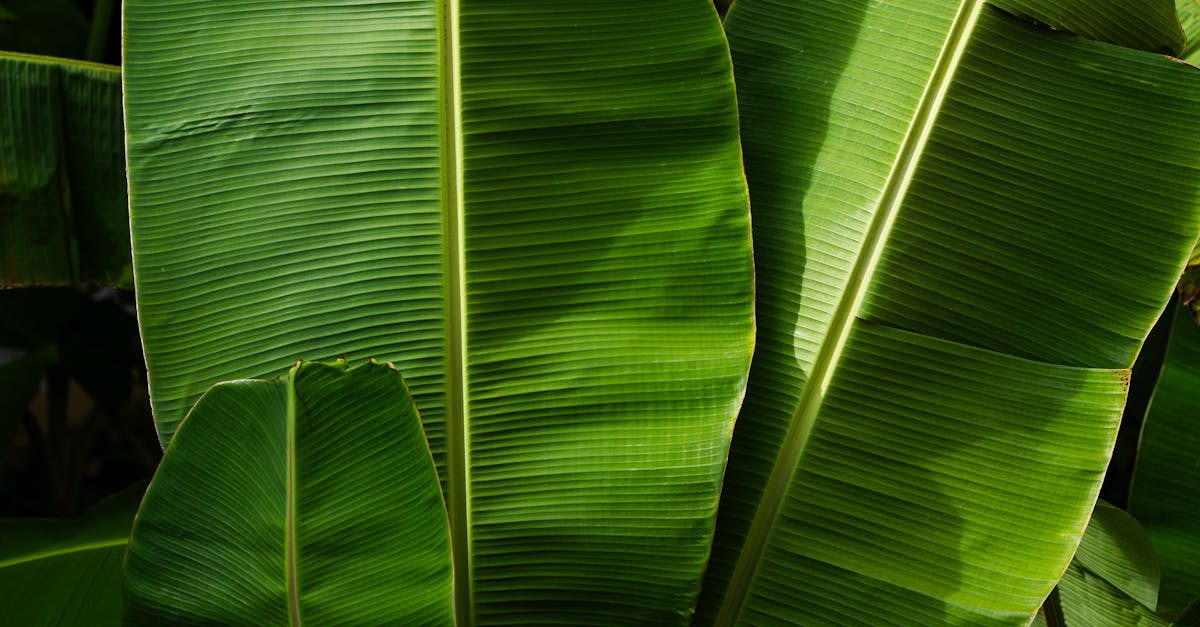Anthuriums, with their striking heart-shaped leaves and vibrant, long-lasting blooms, have become increasingly popular among indoor plant enthusiasts. These tropical beauties, native to the rainforests of Central and South America, can bring a touch of exotic elegance to any home. In this comprehensive guide, we'll explore everything you need to know about caring for Anthuriums, from their basic needs to advanced maintenance techniques.
Distribution of Anthurium species across the Americas
Understanding Anthuriums
Before diving into care instructions, it's essential to understand what Anthuriums are. Anthuriums belong to the Araceae family and comprise about 1,000 species. The name "Anthurium" comes from the Greek words "anthos" (flower) and "oura" (tail), referring to the plant's unique spadix that resembles a tail. The most popular species in cultivation is Anthurium andraeanum, known for its heart-shaped spathes that come in a variety of colors, including white, red, and even black-red. These are often found in grocery stores year round.The Dual Benefits of Anthuriums
Anthuriums offer more than just aesthetic appeal. They are excellent air purifiers, capable of removing toxins such as formaldehyde, ammonia, xylene, and toluene from indoor environments .Additionally, they can help increase humidity levels, contributing to a more comfortable and healthier living space. This combination of beauty and functionality makes Anthuriums an ideal choice for both home decor and improved air quality.Creating the Ideal Growing Environment
To ensure your Anthurium thrives, it's crucial to replicate its natural tropical habitat as closely as possible. Here's what you need to consider:Light Requirements
Anthuriums prefer bright, indirect light. Direct sunlight can scorch their leaves, or leave them pale and dull. Insufficient light can result in poor growth and fewer flowers. Place your Anthurium near a window with filtered sunlight, such as behind a sheer curtain, to provide the necessary light without causing damage. Lower light can help certain velvet anthuriums deepen their dark colors. We keep our Anthuriums approximately two feet from full spectrum grow lights.Temperature and Humidity
These tropical plants thrive in warm temperatures between 65°F to 85°F (18°C to 29°C) during the day, with a slight drop at night. They are sensitive to cold and should not be exposed to temperatures below 60°F (15°C).Humidity is crucial for Anthuriums, as low humidity will call leaves to crisp, and even result on Anthuriums to struggle to put out new leaves. They prefer humidity levels between 70% and 80%, although some species can tolerate slightly lower levels around 50%. To maintain adequate humidity, consider placing a humidifier by your Anthuriums, or keeping them in a glass cabinet to increase humdity.
Soil Composition and Potting
The right soil mix is essential for healthy Anthuriums. They thrive in a well-draining, airy mixture that mimics their natural environment. A good potting mix should include:- Peat moss
- Coco coir
- Pine bark
- Perlite or pumice
Watering Needs
Proper watering is critical for Anthuriums, and they thrive with consistent watering.
However, this frequency can vary based on environmental conditions such as temperature and humidity.Here are some best practices for watering Anthuriums:
- Check soil moisture before watering. If the top inch feels dry, it's time to water .
- Water thoroughly, ensuring the entire root ball is moistened. Allow excess water to drain freely .
- Avoid overhead watering to prevent leaf blight.
- Adjust watering frequency based on environmental conditions, increasing in warmer, drier conditions and reducing in cooler, more humid environments.
Anthuriums thrive in self-watering containers. At Wilderly, we keep our Anthuriums in a pon mixture in self watering containers. The pon mixture enables adquate airflow around the roots, as well as supporting a healthy bacterial environment.
Fertilization
Considered heavy feeders, Anthuriums benefit from regular fertilization to support their growth and flowering. Fertilizing Anthuriums can be a science on it's own, but a balanced fertilizer applied every second watering in the growing season works for most individuals.Some growers also recommend foliar feeding with liquid kelp, especially if the leaves show signs of yellowing. At Wilderly, we use a silicon foliage spray (monosilicic acid) to support grown and cell wall development.
Pruning and Maintenance
Regular pruning helps maintain the health and appearance of your Anthurium. Here are some pruning techniques and maintenance tips:- Remove dead or damaged leaves to prevent the plant from wasting energy on non-viable parts.
- Trim off spent flowers (spathes) once they start to fade to encourage new blooms.
- If the plant becomes leggy, cut back long stems to promote bushier growth.
- Perform major pruning in the spring when the plant is actively growing.
- Avoid pruning more than one-third of the plant at once to prevent shock.
Troubleshooting Common Problems
Even with the best care, Anthuriums can face some challenges. Here are some common issues and their solutions:- Root Rot: Ensure well-draining soil and water consistently. Do not let the plant dry out too much inbetween waterings.
- Crisping leaves: Increase humidity and avoid direct sun exposure.
- Pest Infestations: Regularly inspect plants and treat with horticultural oil as needed.
- Bacterial and Fungal Diseases: Ensure good air circulation and avoid overhead watering. Trim off any signs of fungus.






